Optimal Timing for Land Grading in Sequim
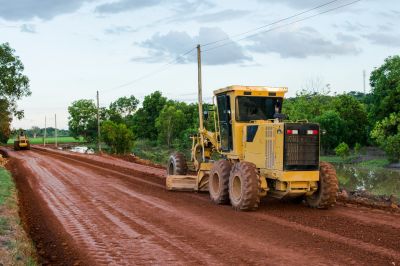
Spring offers favorable weather conditions for gradings, with longer daylight hours and stable ground.
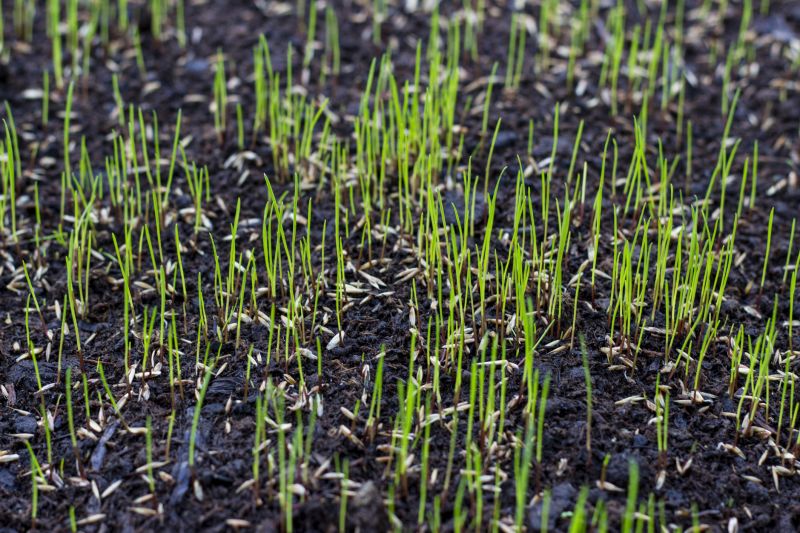
Early summer provides optimal soil conditions and extended daylight, ideal for grading activities.
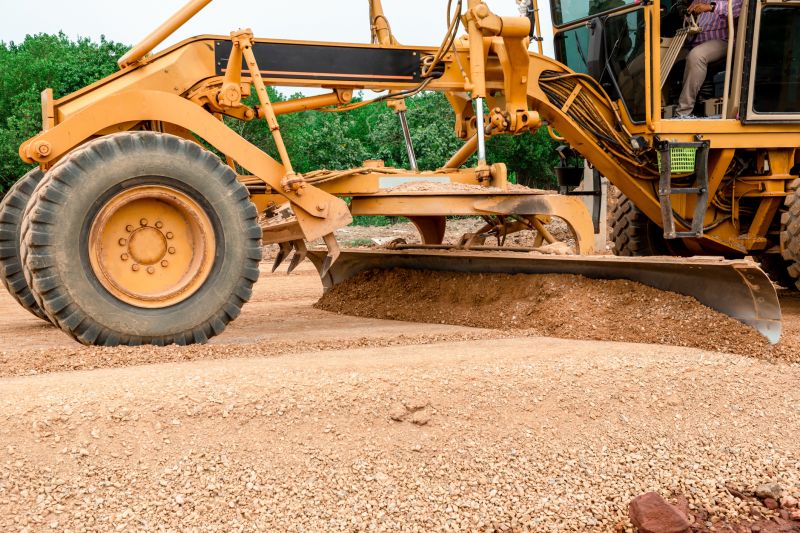
Late summer allows for completion before the wetter months, ensuring work remains dry and accessible.
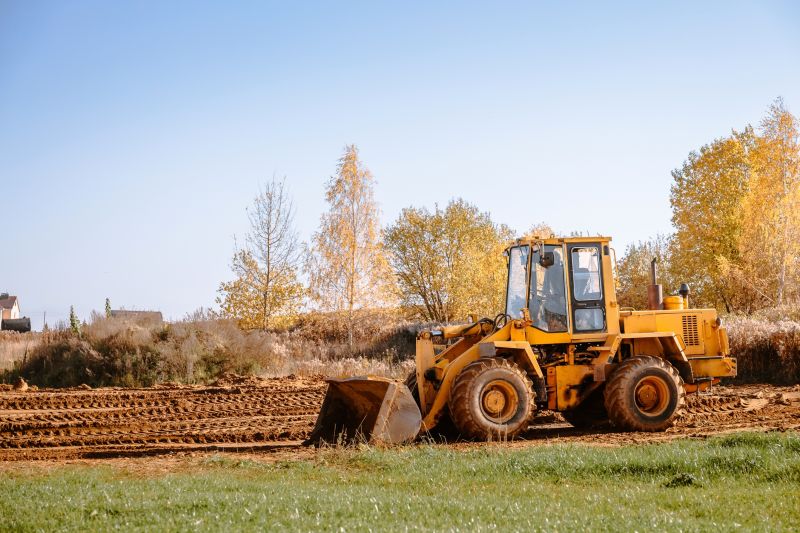
Fall is suitable for finishing gradings before winter, minimizing weather-related delays.
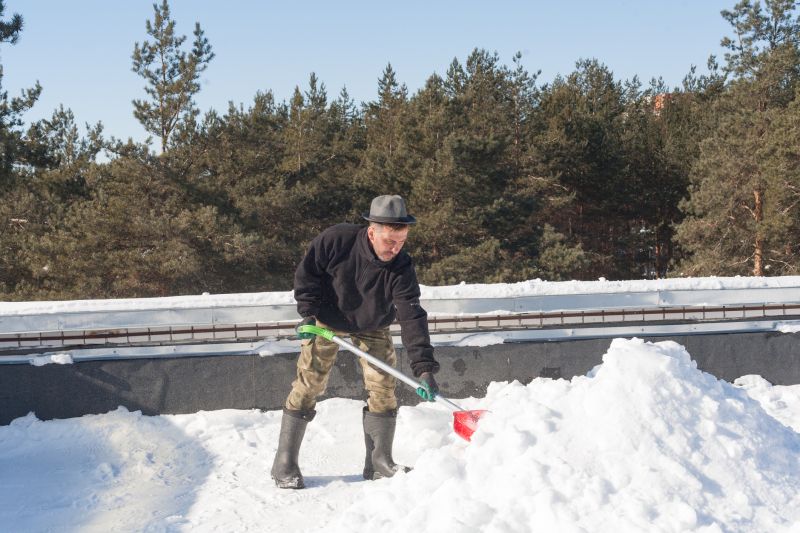
Winter is generally less ideal due to potential for rain, snow, and frozen ground affecting grading work.

Monitoring local weather patterns helps determine the most suitable windows for grading projects.
Gradings are a fundamental part of land development, involving the leveling and shaping of land to ensure proper drainage, stability, and suitability for construction or landscaping. Proper timing of grading activities can significantly impact project efficiency and quality. In Sequim, WA, seasonal weather patterns and soil conditions play a crucial role in determining the best time for grading work.
Statistics indicate that scheduling grading during periods of stable weather reduces delays by up to 30 percent. Additionally, soil moisture content directly affects the durability of the grading, with optimal conditions occurring when the soil is dry but not overly compacted. Planning around these factors ensures the work is performed under ideal conditions, leading to better long-term results.
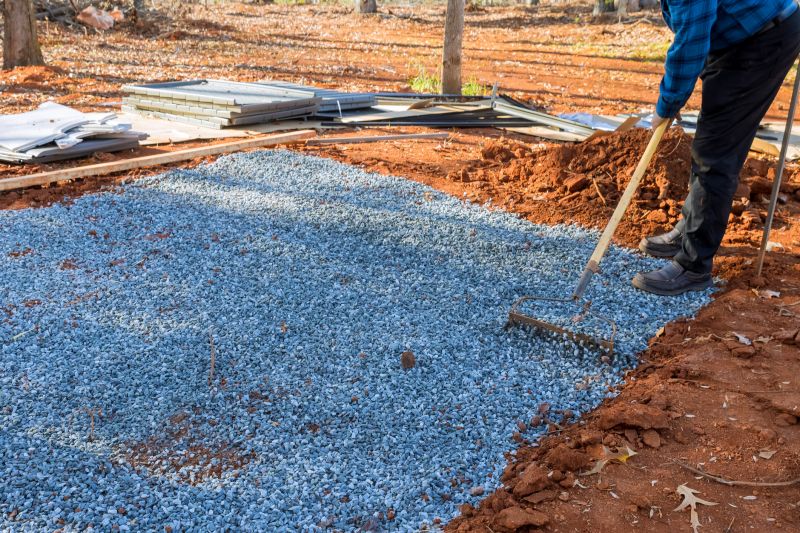
Ways to make Gradings work in tight or awkward layouts.
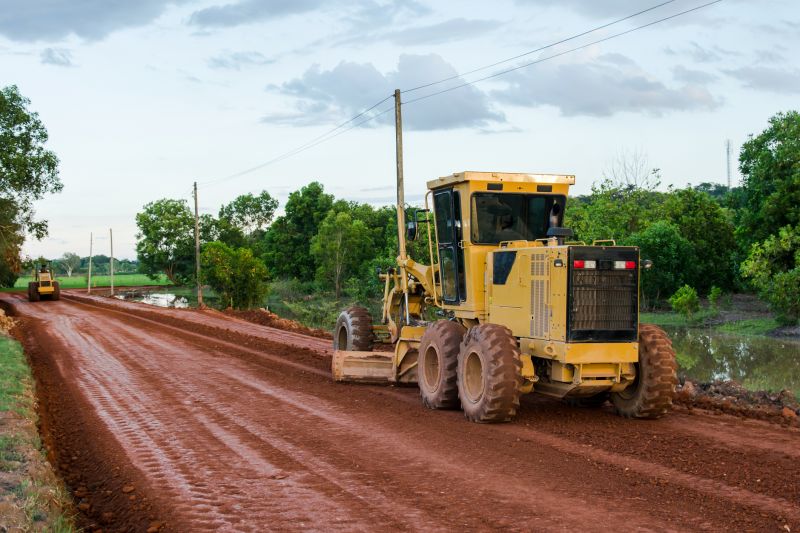
Popular materials for Gradings and why they hold up over time.
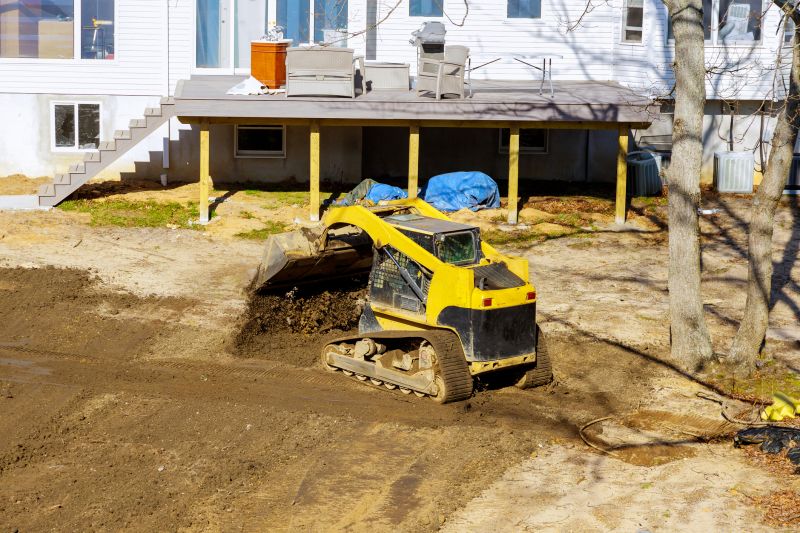
Simple add-ons that improve Gradings without blowing the budget.

High-end options that actually feel worth it for Gradings.
| Ideal Grading Season | Key Considerations |
|---|---|
| Spring | Stable weather, longer days, soil begins to dry |
| Early Summer | Optimal soil moisture, extended daylight hours |
| Late Summer | Dry soil, before wetter months |
| Fall | Preparation before winter, soil stability |
| Winter | Less suitable due to weather challenges |
Understanding the seasonal variations and soil conditions helps determine the most appropriate timing for grading activities in Sequim. Planning ahead ensures that work proceeds smoothly, minimizing weather-related disruptions and maximizing the quality of the land preparation.
For those interested in scheduling grading projects or seeking further information, it is recommended to contact professionals to assess current site conditions and optimal timing. Proper planning can lead to more efficient execution and durable results.
Finishes and colors that play nicely with Gradings.
Little measurements that prevent headaches on Gradings day.
A 60-second routine that keeps Gradings looking new.

